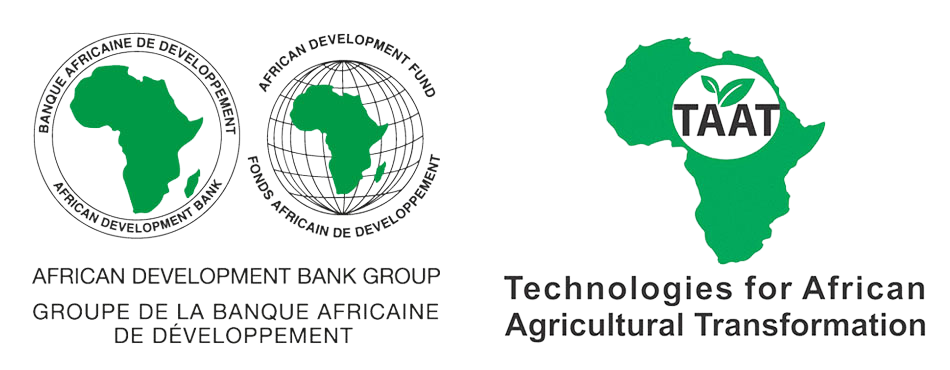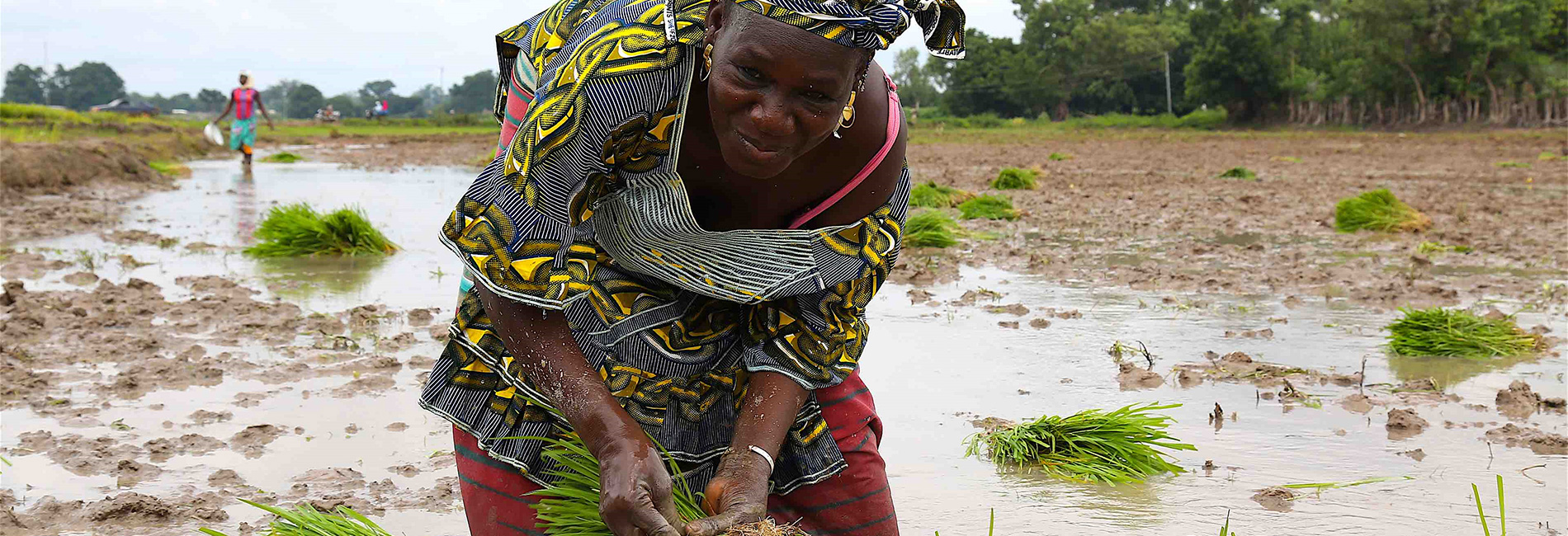How TAAT is Empowering Women Farmers through Urea Deep Placement Technology

Kadiolo is a town in the Sikasso Region of southern Mali. The town lies 85 km south of Sikasso, 13 km north of the border with Ivory Coast and 30 km west of the border with Burkino Faso.
The town is an agrarian community with nearly everyone engaging in agriculture at the subsistent level just to make ends meet.
Poverty drives innovation
Faced with a family to feed after the death of her husband, Nabintou Ouattara, 57-year-old widow, and 65 other Kadiolo women came together and established what is now known as the ‘’Dabakala Association’’.
This farming association exploits the Folona inland valley of 29 ha over years. These women have unique goal: to produce rice and feed their families.
Although geared by courage, they were in a circle of poverty and food insecurity.
For example, Nabintou harvested not more than nine bags of paddy rice or 675 kg in 0.40 hectare of land over decades.
During the past 2018 cropping season, the members of Dabakala Association were brought together by the local agriculture sector of Kadiolo for training and upscaling the Urea Deep Placement (UDP) technology.
This agricultural input-based technology, promoted by International Fertiliser Development Centre (IFDC) under Technologies for African Agricultural Transformation (TAAT) programme, uses less fertilizer and seeds per ha for better crop harvest and income.
Transforming African agriculture
Technologies for African Agricultural Transformation (TAAT) is a programme initiated by the African Development Bank (AfDB) as part of its Feed Africa Initiative.
The programme is implemented by IITA in close partnership with other CGIAR Centers and specialized technical centers like the African Agricultural Technology Foundation (AATF), International Fertilizer Development Centre (IFDC), Forum for Agricultural Research in Africa (FARA), national agricultural research and extension systems, and private sector partners.
TAAT promotes and disseminates proven high-performance food production technologies to millions of farmers in a commercially sustainable way through a network of people and institutions forming a Regional Technology Delivery Infrastructure (RTDI) within an enabling environment.
Launched in 2018, the program is already increasing agricultural productivity in Africa through the deployment of proven and high performance agricultural technologies at scale along selected value chains such as rice, maize, cassava, wheat, sorghum and millet, orange-flesh sweet potato, high-iron beans, Livestock, aquaculture.
Operating as a network of interacting “compacts” with nine devoted to specific commodity value chains, and six others serving as “enablers” that provide needed specialist services such as soil fertility, water management, capacity building, youth, policy and Fall Armyworm control.
Just like other enabler compacts, the IFDC-led soil fertility compact works in synergy with TAAT commodity crop compacts for effectiveness in scaling up agriculture input-based technologies for accelerated productivity growth, resilience and improved livelihoods.
The compact is targeting at least 1,783,000 farmers with technologies materials and 3,070 agro dealers in 21 countries across Africa. Within six months, the compact was able to deploy their Urea Deep Placement (UDP) technology in Kadiolo.
Changing lives through agricultural technology
As a volunteer through the Dabakala Association, Nabintou conducted a demonstration plot to evaluate the UDP technology.
“I used half of my field for the test. With less seed and less fertilizer, yields far exceeded the other half grown in our traditional broadcasting fertilizer practice. Nowadays, from 675 Kg in the past, I harvest up to 1725 Kg of paddy rice in my small plot of 0.40 ha “she says.
With a smiling and proud face, Nabintou prides herself on the situation of women in Dabakala association after the adoption of the UDP.
“We never thought of selling our rice one day. But since we adopted UDP, our returns have increased so much that we are selling some of them for our cash needs. Today, many of our women are autonomous. They no longer depend entirely on their husbands. Besides, we are mostly widows’’. She added.
Nabintou Ouattara and members of her Dabakala Association are grateful to the African Development Bank (AfDB) funded TAAT programme which identified their challenge with low yields and proffered the appropriate technology (UDP) that is putting smiles on their faces.
Urea Deep Placement technology
Designed for resource-poor farmers cultivating lowland rice, urea deep placement (UDP) is a nutrient management technology that accomplishes what agriculture must do in a changing climate: increase yields and profitability and reduce pollution.
The deep point placement of urea briquettes delivers more nitrogen to the plant and reduces fertilizer use, water contamination, and greenhouse gas emissions. Additionally, farmers experience about 15-20% higher yields.
More than 2 million farmers and retailers in Bangladesh are experiencing increased production and income using the technology, and results are being replicated in several countries in sub-Saharan Africa.
Working with farmers (particularly in Bangladesh) for over 20 years, IFDC developed UDP as a more effective alternative to the traditional method of applying fertilizer by surface broadcasting (spreading, usually by hand) across a field or paddy.


